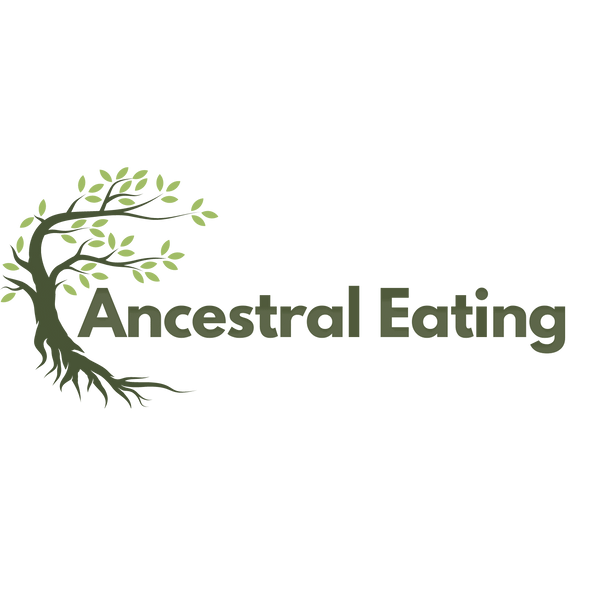The cuisine of Bosnia and Herzegovina reflects the country's diverse history and cultural influences, including Ottoman, Austro-Hungarian, and Mediterranean traditions. Over the past several centuries, the diet has been based on locally available produce, meats, and grains. Here are some key elements of traditional Bosnian cuisine:
Staples and Grains:
- Bread: A vital part of Bosnian cuisine, often served with almost every meal. Types include "somun" (a kind of flatbread) and "pogaca" (a softer bread similar to focaccia).
- Cornbread: Known as "proja," this is another common type of bread.
Proteins:
- Lamb, Beef, and Chicken: These meats are frequently consumed, often in the form of grilled meats ("ćevapi"), sausages ("sudžukice"), and stews ("begova čorba," or Bey's soup, a chicken and lemon soup).
- Fish: Consumed in regions near rivers, commonly grilled or fried.
Dairy:
- Cheese: Soft, white cheese similar to feta is commonly consumed, as is "kajmak," a clotted cream cheese.
- Sour Cream: Often used as a garnish or in cooking.
Vegetables:
- Peppers, Tomatoes, and Onions: Widely used in salads ("šopska salata") and cooking.
- Potatoes: Consumed in various forms, including mashed, fried, or in stews.
- Cabbage: Used in salads or as "sarma" (cabbage rolls stuffed with minced meat and rice).
Legumes:
- Beans: Often used in hearty soups and stews, like "grah."
Fruits:
- Plums, Apples, and Cherries: Often consumed fresh, as jams, or in desserts.
- Grapes: Consumed as fresh fruit or transformed into wine.
Herbs and Spices:
- Paprika, Garlic, and Black Pepper: Common seasonings in Bosnian cuisine.
- Parsley and Dill: Frequently used fresh herbs.
Sweets and Desserts:
- Tufahija: Baked apples stuffed with walnuts and sugar.
- Baklava: Layers of filo pastry filled with chopped nuts and sweetened with syrup or honey.
- Sogan-dolma: Grape leaves or cabbage leaves stuffed with rice and minced meat, although not strictly a dessert, are often enjoyed as a treat.
Beverages:
- Coffee: Bosnian coffee, similar to Turkish coffee, is a cultural mainstay.
- Tea: Consumed but less prevalent than coffee.
- Rakija: A fruit brandy, often homemade.
Ottoman and Mediterranean Influences:
- Burek: A flaky pastry filled with minced meat, cheese, or potatoes, influenced by Ottoman cuisine.
- Ćevapi: Minced meat sausages, a dish shared with other Balkan countries and influenced by Ottoman kebabs.
Bosnian cuisine is characterized by its use of meats, bread, dairy, and fresh vegetables, with dishes often being hearty and filling. Spices are used moderately but effectively to enhance the natural flavors of the ingredients. Over time, the cuisine has adopted and adapted various elements from the cultures that have influenced the region, resulting in a rich and diverse culinary tradition.






